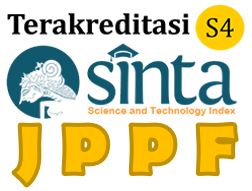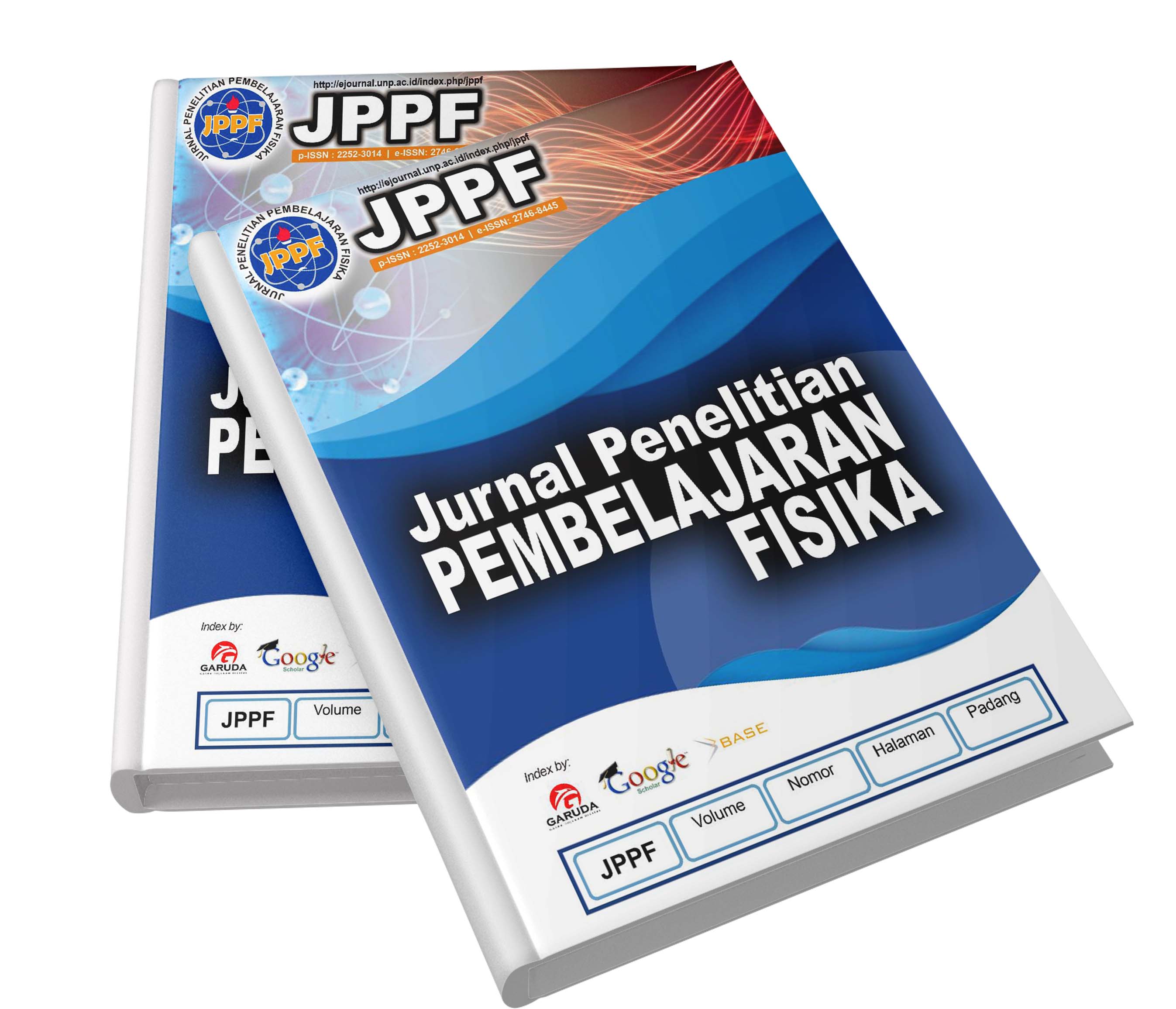Abstract
Education is one of the ways the government in realizing the ideals of the unitary state of Indonesia, which is to inspire the life of the nation. The problem that is often experienced is the mismatch between the existing learning model and the development of students who follow the times that have advanced like now so that, the learning model requires change. The government made changes to the curriculum in overcoming this problem, from the KTSP curriculum to the 2013 curriculum. The 2013 curriculum used a scientific approach that focused on student participants in finding and directing directly about the concepts and theories they were learning. The 2013 curriculum suggests several models in learning, one of which is the Problem Based Learning model. Problem Based Learning is a teaching method that is characterized by real problems as a context for students learning creative thinking and problem solving skills, and gaining knowledge. Based on observations in several Padang City High Schools, it was found that the student books owned were not based on the learning model requested in the 2013 curriculum, one of which was Problem Based Learning. The use of student books also cannot improve students' physical abilities. The development of student books is felt to be very necessary because of the teacher's limitations in explaining the material during learning so that it can complement and assist educators in presenting material with models based on the 2013 curriculum model and must contain creative thinking abilities, it is necessary to develop student books with creative problem-based learning models that oriented towards Problem Based Learning models and the ability to think creatively so that the problems obtained can be solved. Data collection uses electronic tracking with keywords, Student Books, Problem Based Learning and Creative Thinking. Data processing using Purpose sampling recorded 10 journals with the desired keywords selected with a 2013-2019 time span. The conclusion of this study is to develop student books using creative problem based learning models, it is possible that it can contribute not only to students' understanding of the material but also the ability of students to vary their answers so that in addition to enhancing the mindset of students also increases the understanding of the participants students themselves.




